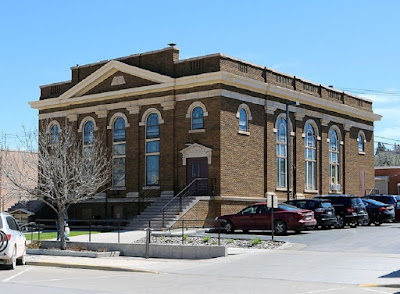Illinois River Towns Quad Cities North Shore and South Dakota
Illinois
and Iowa
Champaign County is nearly equidistant from Chicago, St Louis and Indianapolis; a
thriving micro-urban oasis supported by local agriculture, technology and
research and home to the University of Illinois. The College of Agriculture, Consumer and Environmental Science
is a leader in crop science, bioenergy and animal science.
Farmer-owned Grain Cooperatives in
America’s heartland and the Illinois grain belt; rich soils and modern farm
practices produce record yields of quality grains. Ethanol and
distiller’s grain production. Research in soybeans, from production to
consumption, by the National Soybeans Research Laboratory. The National
Center for Supercomputing Applications, whose Blue Waters Supercomputer is
the largest and most powerful on a university campus and among the largest in
the world.
The River Towns of Illinois along the banks and bluffs of the Mississippi River hug
the western border of Illinois for 550 miles. Experience an Illinois winery,
brewery, farm, u-pick, or local farm to table restaurant. Four Centuries of
history and heritage and thousands of stories that recount America's evolution
while experiencing breathtaking views, majestic landscapes and species that
travel thousands of miles for a visit or to make themselves a home
Reduce Transit Times and Travel Cost on Your Next Trip
The Quad Cities area consists of Davenport and Bettendorf in Iowa, and Moline, East
Moline and Rock Island in Illinois. The region has the excitement of a big city
and the hospitality of a small town with award-winning museums and cultural
centers, internationally-recognized festivals, beautiful riverfronts and a
vibrant nightlife.
Davenport has beautiful riverfront vistas and an active downtown area
with the Figge Art and Putnam History Museums and great shopping at the North
Park Mall.
Bettendorf the Library and adjacent Family Museum provide exciting programs and
storytelling. The numerous outdoor activities include the Splash Landing water
park, Wallace's Garden Center and Duck Creek Recreational Trail.
Rock Island downtown is known for its festivals and nightlife with Cajun
food and zydeco music; Jamaican food and reggae music; and a fall Irish folk
festival. Family activities include the country's largest go-kart street race.
Experience a downtown architectural tour and the Broadway Historic District.
Moline is one of
the agricultural capitals of the world, home of John Deere and steeped in
history. The modern downtown area features great riverfront views and evening
entertainment with musicals performed by local actors.
East Moline is home to many great events and festivities. Empire Park is
right on the Mississippi River, walk along the riverfront trails of The Quarter
or visit to the John Deere Harvester Works, one of the world's largest combine
factories.
The North Shore Communities along Lake Michigan are minutes from Chicago’s city
center: Evanston, Glenview, Northbrook, Prospect Heights, Skokie, Wheeling and
Winnekta.
South
Dakota
Aberdeen South Dakota Before the arrival of European settlers, the area was inhabited by
the Sioux Indians. The first group of Euro-American settlers to reach the area
in the 1820s was a party of four people, three horses, two mules, fifteen
cattle, and two wagons. This group of settlers was later joined by another
group the following spring, and eventually more settlers migrated toward this
general area. Like many towns of the Midwest, Aberdeen was built around the
newly developing railroads. Officially plotted as a town site on January 3,
1881 by the Milwaukee Road which was presided over by Alexander Mitchell, who
was born in Scotland, hence the name Aberdeen. The town was officially founded
on July 6, 1881, the date of the first arrival of a Milwaukee Railroad train.
the perfect family and business destination
The Dacotah Prairie Museum The idea for a community museum in Aberdeen dates back almost 70
years. In 1938, John Murphy, a Northern State College professor, and Marc
Cleworth, a salesman, created the Northern South Dakota History Museum which
was housed on campus. The collection of this first museum grew rapidly through
loans and donations until by 1941, it had amassed a collection of over 500
items.
Rapid City is centrally located to visit the Black Hills, Mount Rushmore, the
Crazy Horse Memorial, Custer State Park and the Badlands. Western and Native
American Heritage throughout the city you will find Native American history
exhibits, fine arts display, and interactive museums like the Journey Museum
that takes you from the formation of the Black Hills over 2.5 billion years-ago
to the continuing saga of the Western frontier.
















